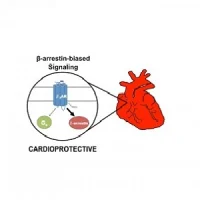Heart disease continues to be the leading cause of death across the globe. This week the newest guidelines for prevention of cardiovascular disease were published in the European Heart Journal, the European Journal of Preventive Cardiology and other specialty journals. The preventive guidelines were just presented at the Heart Failure 2016 and the 3rd World Congress on Acute Heart Failure in Florence, Italy.
Over the past three decades there has been a gradual decrease in deaths from cardiovascular disease and this is chiefly due to preventive measures such as lowering blood pressure, discontinuing smoking and decreasing blood cholesterol levels. However, this trend has recently been offset by the rising levels of type 2 diabetes, obesity and poor compliance with lifestyle changes such as exercise.
The latest preventive guidelines were a combined effort of several societies including the Task force of the European Society of cardiology. The general argument is that deaths from heart disease can be reduced by reducing the risk factors. The current guidelines have been dedicated to younger people and seniors.
The latest data indicate that reduce the population risk by just one percent will prevent nearly 25,000 heart related deaths and result in saving if $80 million each year in every European country. Thus, the latest guidelines suggest that more stringent laws and policies are required on food and doctors should urge patients to exercise, discontinue smoking and lose weight.
Further these new guidelines also state the impact of air pollution on heart health and encourage the government to issues smog alerts. In addition, there are recommendations to improve air quality by educing taxes on hybrid cards. In addition, schools and new homes should be developed far away from polluting industries and highways.
Some of these are new recommendations and targeted at patients with cancer, erectile dysfunction and rheumatoid arthritis. Women with polycystic ovarian syndrome, pre-eclampsia and gestational diabetes should be regularly screened for high blood pressure and diabetes.
Source: ESC
Image Credit: ESC










